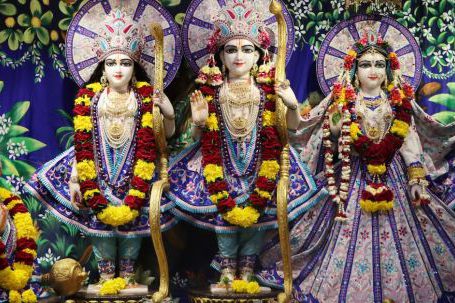Carnivals are vibrant and flamboyant celebrations that captivate people from all walks of life. From Rio de Janeiro’s world-famous Carnival to the colorful Mardi Gras in New Orleans, these festivals are a feast for the senses. But what lies beneath the glittering masks and ornate costumes? In this article, we will delve into the secrets behind these spectacular carnivals, exploring their history, traditions, and cultural significance.
A Historical Journey
Carnivals have a rich and diverse history that dates back centuries. The origins of these celebrations can be traced back to ancient pagan rituals held to honor the arrival of spring. These rituals involved masquerades, feasting, and merrymaking, symbolizing the end of winter and the revival of life. Over time, these pagan celebrations merged with Christian traditions, particularly the period of indulgence before the fasting season of Lent.
From Europe to the Americas
Carnivals made their way across Europe during the Middle Ages, with cities like Venice and Nice becoming renowned for their extravagant festivities. The tradition eventually crossed the Atlantic, landing in the Americas during the age of exploration. Here, it blended with the vibrant cultural heritage of the indigenous peoples and African slaves, giving birth to unique and colorful carnival traditions.
The Art of Carnival Costumes
One of the most captivating aspects of carnivals is the stunning array of costumes worn by participants. These costumes are meticulously designed and crafted with great attention to detail. They often feature vibrant colors, intricate patterns, and elaborate embellishments. Feathers, sequins, and beads are commonly used to create dazzling effects, transforming ordinary individuals into marvelous creatures straight out of a fairy tale.
The Role of Masks
Masks play a central role in many carnival celebrations, adding an element of mystery and intrigue. Wearing a mask allows individuals to step out of their everyday identities and embrace a different persona. It creates a sense of anonymity and liberation, enabling participants to let go of their inhibitions and fully immerse themselves in the festivities. Masks also have historical and cultural significance, representing ancient traditions of disguise and transformation.
Music and Dance
No carnival is complete without music and dance. These vibrant forms of expression are deeply intertwined with the spirit of the festivities, creating an infectious rhythm that sweeps through the streets. Traditional carnival music varies from place to place, with samba in Brazil, calypso in Trinidad and Tobago, and brass bands in New Orleans. These rhythmic beats serve as a backdrop for exuberant dance performances, showcasing the cultural heritage and artistic talents of the participants.
Cultural Significance
Beyond the dazzling spectacle, carnivals hold profound cultural significance. They serve as a way for communities to celebrate their shared identity and heritage. They provide a platform for marginalized groups to assert their presence and demand recognition. Carnivals also bring people together, fostering a sense of unity and camaraderie that transcends social and cultural boundaries.
In conclusion, the secrets behind the spectacular carnivals lie in their historical roots, the art of costume design, the role of masks, the infectious music and dance, and their cultural significance. These celebrations are a testament to the human need for joy, expression, and connection. So, the next time you find yourself amidst the vibrant chaos of a carnival, take a moment to appreciate the history, traditions, and creativity that have shaped this remarkable phenomenon.



